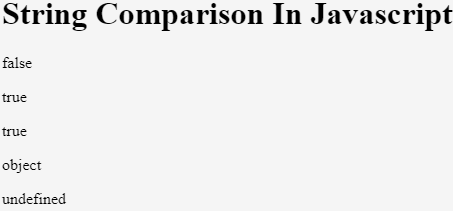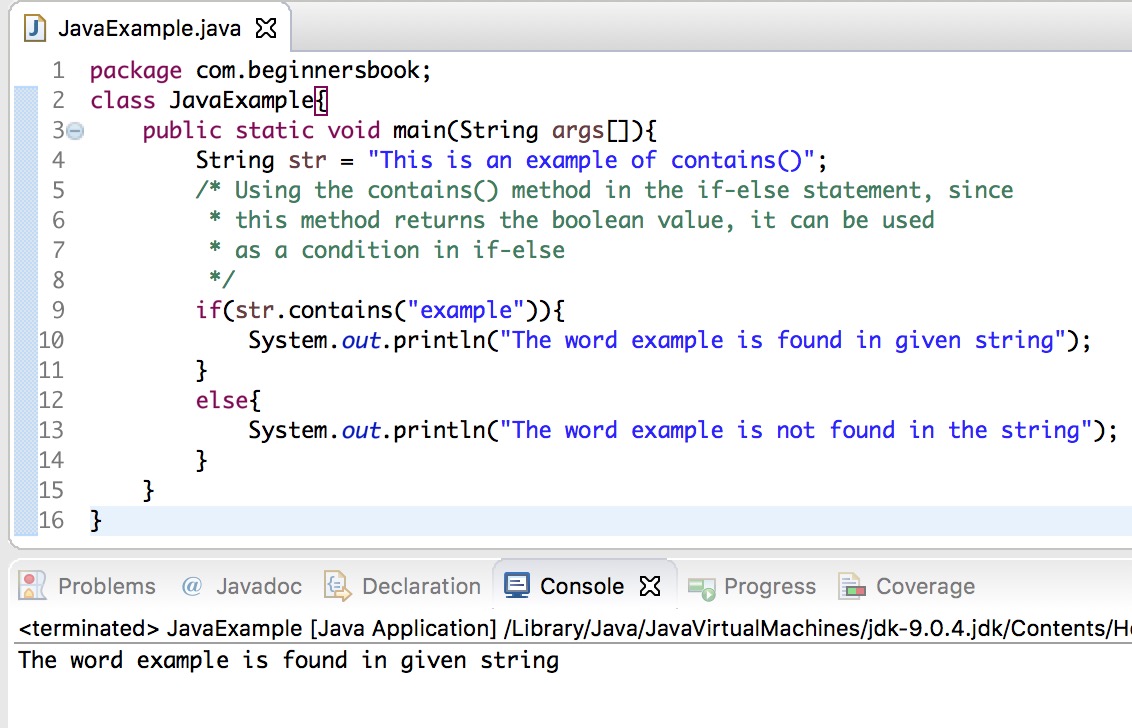

So verizon it is, and where I live I can't get 5G, but the 4G LTE gives me plenty of speed. Is 5G Ultra Wideband worth it? : r/verizon - Reddit. The company behind the 5MinSkin IPL recruited expert Estheticians from the industry to design their latest model. Meet the 5MinSkin Laser Hair Removal Handset. There’s more about Unicode in the chapter Unicode, String internals.Contact Us | Fort Smith/Fayetteville News. But that’s big topic, so it’s explained in a separate tutorial section Regular expressions.Īlso, as of now it’s important to know that strings are based on Unicode encoding, and hence there’re issues with comparisons. Strings also have methods for doing search/replace with regular expressions.
str.repeat(n) – repeats the string n times. str.trim() – removes (“trims”) spaces from the beginning and end of the string. There are several other helpful methods in strings: To compare strings according to the language, use: localeCompare, otherwise they are compared by character codes. To look for a substring, use: indexOf, or includes/startsWith/endsWith for simple checks. To lowercase/uppercase a string, use: toLowerCase/toUpperCase. To get a substring, use: slice or substring. To get a character, use: or at method. We can use special characters, such as a line break \n. Backticks allow a string to span multiple lines and embed expressions $. This method actually has two additional arguments specified in the documentation, which allows it to specify the language (by default taken from the environment, letter order depends on the language) and setup additional rules like case sensitivity or should "a" and "á" be treated as the same etc. 

Returns a positive number if str is greater than str2.Īlert( 'Österreich'.localeCompare('Zealand') ) // -1.
 Returns a negative number if str is less than str2. The call str.localeCompare(str2) returns an integer indicating whether str is less, equal or greater than str2 according to the language rules: It provides a special method to compare strings in different languages, following their rules. Luckily, modern browsers support the internationalization standard ECMA-402. So, the browser needs to know the language to compare. The “right” algorithm to do string comparisons is more complex than it may seem, because alphabets are different for different languages. Here, its code is greater than anything from a to z. Some letters like Ö stand apart from the main alphabet. All lowercase letters go after uppercase letters because their codes are greater. The code for a (97) is greater than the code for Z (90). The greater code means that the character is greater. The characters are compared by their numeric code.
Returns a negative number if str is less than str2. The call str.localeCompare(str2) returns an integer indicating whether str is less, equal or greater than str2 according to the language rules: It provides a special method to compare strings in different languages, following their rules. Luckily, modern browsers support the internationalization standard ECMA-402. So, the browser needs to know the language to compare. The “right” algorithm to do string comparisons is more complex than it may seem, because alphabets are different for different languages. Here, its code is greater than anything from a to z. Some letters like Ö stand apart from the main alphabet. All lowercase letters go after uppercase letters because their codes are greater. The code for a (97) is greater than the code for Z (90). The greater code means that the character is greater. The characters are compared by their numeric code.








 0 kommentar(er)
0 kommentar(er)
